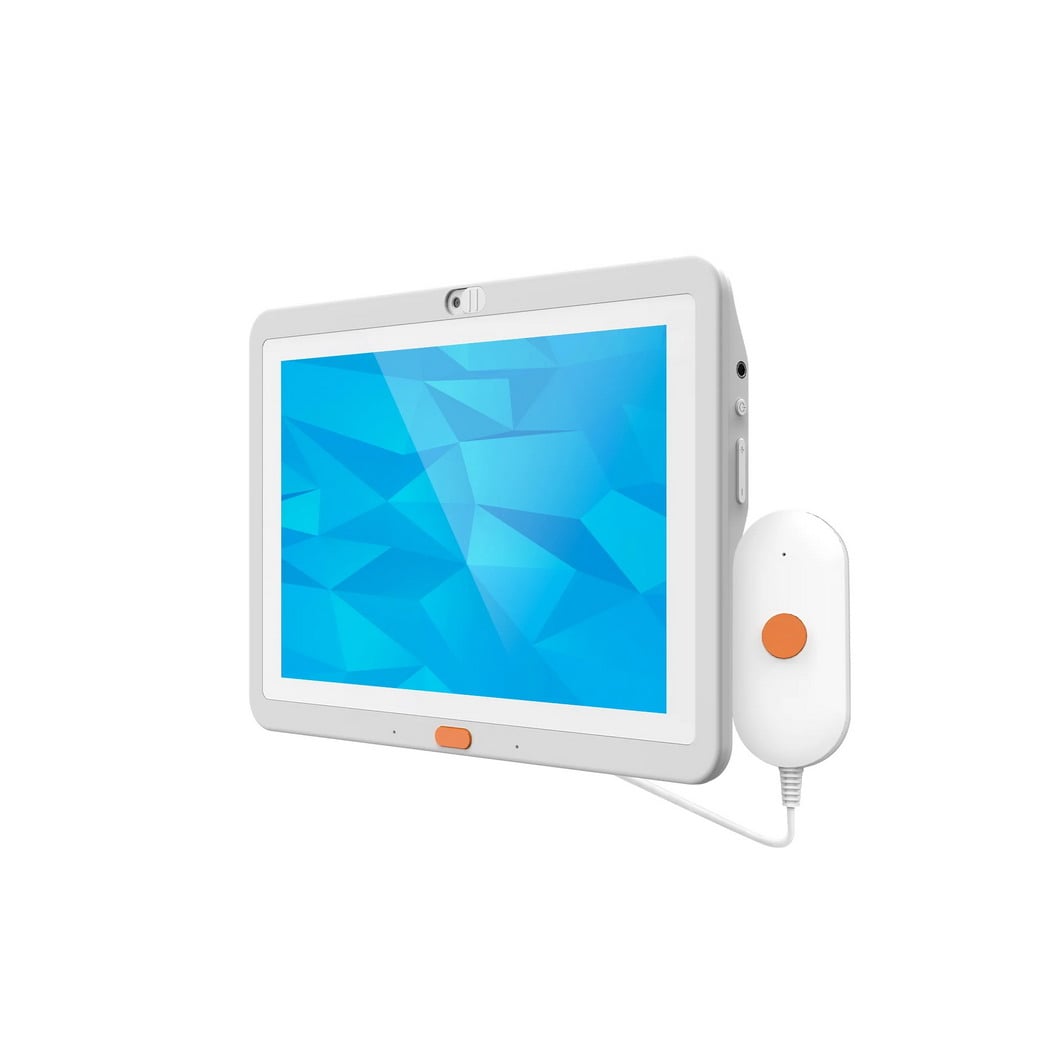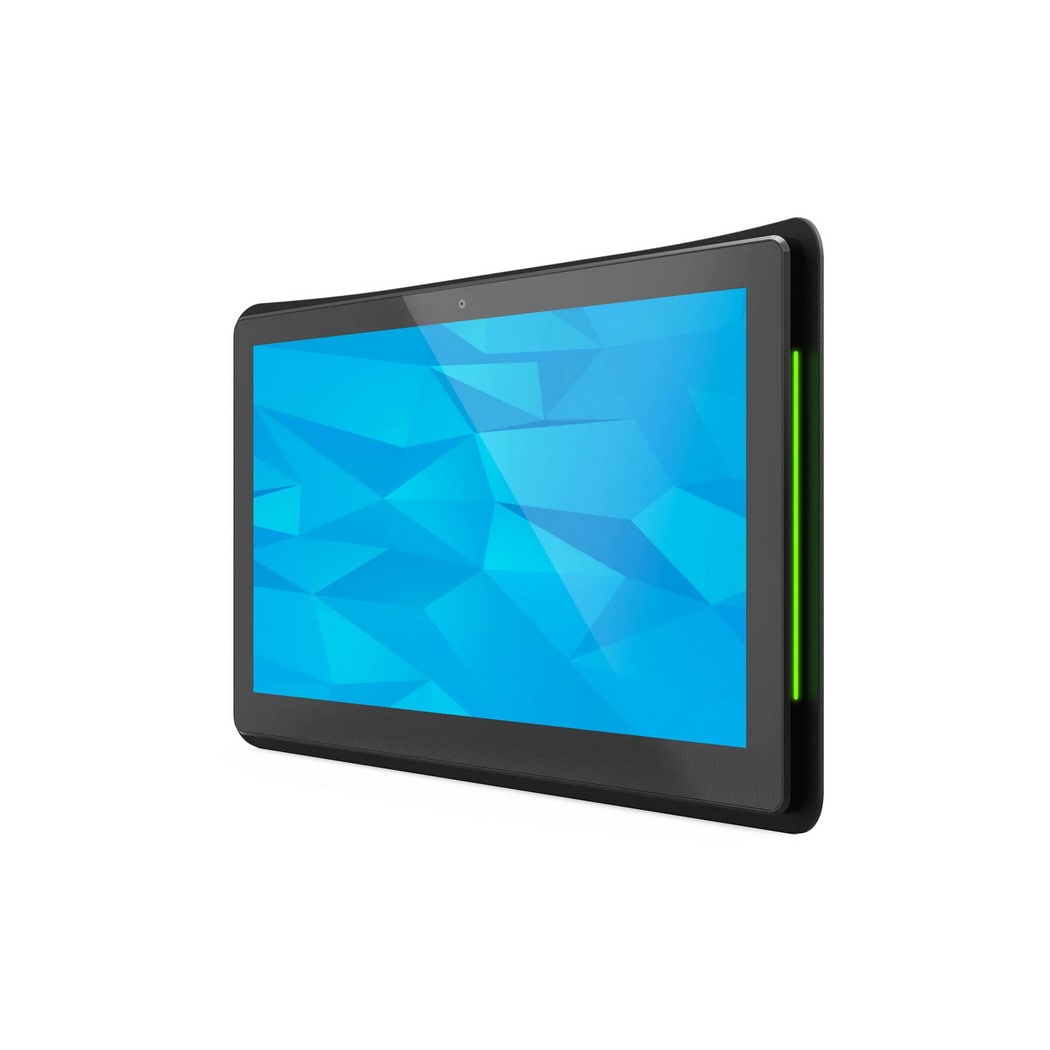

- Post Publish:
- Categories: Industry news
- Updated:
- Posts by Mina Xiao
Everything You Need To Know About PoE, PoE+, and PoE++.

Mina Xiao
Everything You Need To Know About PoE, PoE+, and PoE++. - Table of contents:
PoE+, or Power over Ethernet Plus, is an enhanced mode of power delivery which allows for greater output voltage and power than traditional PoE (Power-over-Ethernet). The higher amount of power has enabled new types of devices to be powered over the same Ethernet cable that carries data. These include IP phones, wireless access points, and cameras – all with their particular power requirements. In addition to reducing wiring costs, PoE+ also simplifies device management for large networks.
When looking to power devices using the same cables that provide data connections, PoE is what you will most likely use.
Benefits of PoE
There are many advantages of power over Ethernet. For example, PoE allows professionals to install remote or outside equipment without connecting to AC power to deliver power to several locations without installing additional electrical infrastructure or several power outlets.
PoE is also highly cost-effective as it allows you to use one cable for both power and data transmission, so paying to purchase and run multiple cables isn’t necessary. In addition, PoE makes it easier to expand and install a network and is also highly efficient and responsive.
In terms of industrial environments, specifically, PoE facilitates the transfer and distribution of large amounts of data and power to key locations. It also enables the effective monitoring of automated equipment and employee behavior through sensors and IP cameras. As a result, you can better document safety compliance, better ensure accuracy, improve inventory tracking, and monitor temperature changes to ensure optimal safety and efficiency in an application. Due to these benefits, PoE applications can power a rapidly increasing amount of IoT-connected devices which now exceeds eight billion devices.

You may be interested in 15 inch monitor, Android tablet wifi, Conference digital signage, Halo Tablet related products
However, there isn’t a one size fits all PoE solution for every device. There are many different types of PoE switches to suit the unique requirements of different applications. Understanding which type of PoE networking switch best suits your application is essential to ensure you choose the right type to satisfy the vital power requirements of your network.
Four types of PoE
Currently, there are four different PoE types: Type 1, Type 2, Type 3, and Type 4. We can categorize such types based on a variety of features, such as the standard they use, their port power, and the devices one can use them for now, you will find detailed descriptions of the various nuances of each power over Ethernet type.
PoE Type 1
* Name: PoE, 2-pair PoE
* Standard: IEEE 802.3af
* Maximum port power: 15.4W
Firstly PoE was originally designed to power low-power devices such as IP telephones. In 2003, IEEE 802.3af was standardized to use two of the four twisted pairs of wires in standard (at the time) Cat3 Ethernet wire runs. IEEE 802.3af provides up to 12.95W to powered devices at 37V-57V. There is some loss, so a PoE switch port is generally rated at 15.4W and between 44V-57V. Examples of devices that PoE Type 1 can support include static surveillance cameras, wireless access points, and VoIP phones.
PoE Type 2
* Name: PoE+
* Standard: IEEE 802.3at
* Maximum port power: 30W
Like PoE Type 1, PoE Type 2 also utilizes 2-pair PoE. Its basis is the PoE+ or IEEE 802.3at Ethernet standard, which the Institute of Electrical and Electronic Engineers released in 2009. As such, it delivers up to 30W of power at the port level over an Ethernet twisted pair cable and up to 25.5W of power to each device. It connects higher-powered devices to a network such as PTZ cameras, PoE android tablet, RFID readers, video IP phones, and alarm systems.
Because it is backward compatible, however, it can support the types of devices typically supported by PoE Type 1 as well as devices supported by PoE Type 2. It supports Cat 5 cables or better.

PoE Type 3
Quick facts:
– Name: 4-pair PoE, 4P PoE, PoE++, UPOE
– Standard: IEEE 802.3bt
– Maximum port power: 60W
Also known as 4-pair PoE, 4PPoE, PoE++, or UPoE, Type 3 PoE uses all four pairs in a twisted-pair copper cable to deliver power at the PD—unlike Type 1 and 2 which only use two pairs. This higher level of PoE adheres to the IEEE 802.3bt standard which came out in 2011.
As such, it provides up to 60W of power to each PoE port and up to 51W of power to each device. Examples of devices that these higher levels of power support include multi-radio wireless access points, PTZ cameras, building management devices, and video conferencing equipment. It supports Cat5 cables or better.

PoE Type 4
Quick facts:
– Name: Higher-Power PoE
– Standard: IEEE 802.3bt
– Maximum port power: 100W
Commonly known as Higher-Power PoE, Type 4 PoE offers the highest power capabilities of all PoE types currently in existence. This PoE type helps satisfy the growing power requirements of network devices and IoT. Conforming to the newest IEEE 802.3bt standard, Type 4 PoE delivers 90W of power from the PSE and up to 70W of input power at the PD to each device.
However, it has the potential to supply a maximum of 100W of power per port if necessary. Due to the high quantities of power that it produces, Type 4 PoE can support extremely power-hungry devices such as laptops and flat screens. Supported cables include Cat5 cables or better.
PoE Reference Chart
Along with the descriptions above, we realized that it would be good for our readers to have an easy handy chart to refer to, so here it is with all the basics.
| PoE | PoE+ | PoE++ | PoE++ | |
|---|---|---|---|---|
| IEEE Standard | IEEE 802.3af | IEEE 802.3at | IEEE 802.3bt | IEEE 802.3bt |
| PoE Type Designation | Type 1 | Type 2 | Type 3 | Type 4 |
| Switch Port Power | ||||
| Max Port Power | 15.4W | 30W | 60W | 100W |
| Port Voltage Range | 44-57V | 50-57V | 50-57V | 52-57V |
| Cables | ||||
| Supported cables | Cat3/Cat5 (or better) | Cat5 (or better) | Cat5 (or better) | Cat5 (or better) |
| Twisted Pairs Used | 2-pair | 2-pair | 2-pair or 4-pair | 4-pair |
| Powered Device Power | ||||
| Max Power to Device | 12.95W | 25.5W | 51W | 71W |
| Voltage Range to Device | 37-57W | 42.5-57V | 42.5-57V | 41.1-57V |

















